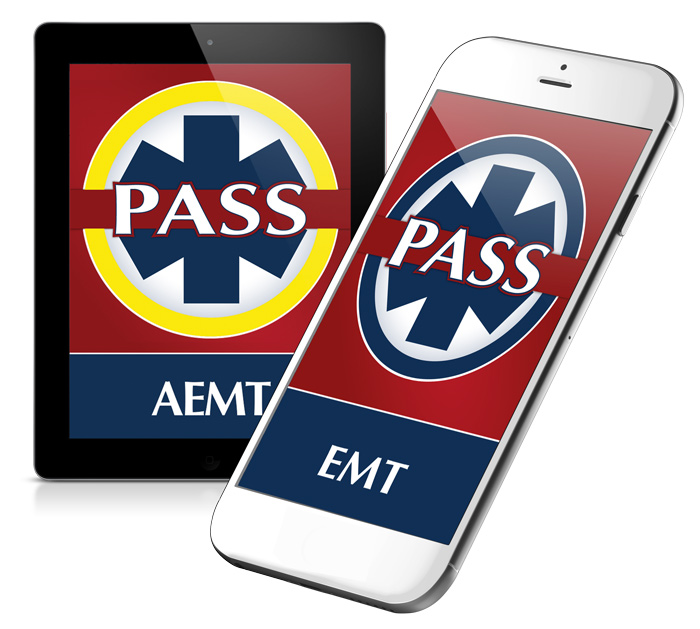What is “Passing”?
The answer to “what is passing,” is the key question in the mind of every person or agency responsible for setting “standards.”
What is a Standard?
The first step in making decisions regarding pass/fail requires establishment of a “standard.” A “standard” means an expectation, point along a continuum, or grid that every person who is being measured must pass to be either “at,” “above”, or “below” the standard. It is a criterion and in testing this refers to the criteria that must be met to “pass.” A test with a standard is referred to as “criterion-referenced.”
A criterion-referenced test differs from an “achievement” examination. These examinations should “spread” the scores along a continuum so there are “high achievers,” average achievers and low achievers.
Passing an “Achievement” test
One can understand these by thinking of the sports world. A “high achieving” 100 meter sprinter will win the race by finishing first. Those behind the winner spread out, “depending upon their ability” and speed until one is in last place (lowest achiever). Some tests like the ACT and SAT, are achievement tests. They are typically timed tests that spread scores, provide a feedback number, and are often used by universities as an admission screening score. Some teachers use “achievement” type tests. A few are better than most because the teacher doesn’t write achievement type questions. Achievement type tests have few easy questions, more moderate but mostly difficult questions to answer.
An achievement test “fails” to measure achievement when many questions (or perhaps all) are too easy.
In some EMT courses the teacher-made tests are so easy that all students achieve about 90%, and because the scores are not spread, there is no achievement made. One could assume that an Olympic 100 meter sprint did not measure “achievement” because the “times” of the runners were very close. This assumption would be wrong because in the Olympics many “qualifying” events have occurred, with lower qualifiers being eliminated, and thus only the best achievers are in the final race for the Gold. It would be extremely rare to find an EMT class full of “gold medal” qualified aspiring EMT students. For an achievement test to be utilized in an EMT class few students would get 90% or above (about 10% of the class), more between 80-89% (about 30% of the class) and most would obtain average scores between 70-79%) on the test.
The “lower” achievers would obtain scores between 60-69% and perhaps all the way down to 25%. Remember when four answers are possible guessing should yield a score of 25%. A “criteria” that requires a percent score (%) to pass puts the teacher (the developer of an exam) in most difficult situation because there is no method to determine if the criteria of competency exists at any range along the scores. For example an EMT class hosted by Yale University with their students would be different than one hosted in a small town in a state where “educational outcome scores” were low in comparison to Yale students. Unfortunately many community colleges and universities require teachers to use a “criteria percent score” in an educational environment where “achievement” is the desired outcome.
Because of this measurement dilemma, many schools are moving toward criteria that are either pass or fail.
Passing a “Criterion” test
A “criterion-referenced” test is a pass or fail test. These tests, (if properly constructed) requires some “judgment” to be made as to the criteria.
A professional licensing examination almost always sets its criteria judgment to be “entry-level” competency.
Certainly a voluntary certification (such as one that establishes certification for financial account auditors or CPAs) might set its criterion toward a standard of excellence. Because “certifications” can vary widely, those who “use” the certification must know what the “standard” is that the certification represents. It might be simple to understand a person who says they are “certified” to install foot support soles in a shoe obtains that certification via lower criteria than another person who is “certified” to conduct brain surgery via the National Board of Neurosurgery. Not all certifications are the same, and the old saying ‘buyer beware” is true!
The challenge for EMS instructors
Teachers who set “passing” scores for their examinations have the most difficult task in EMS education. It is not possible in the space of this essay on “passing” to explain the methods available for teachers to choose. But suffice it to say, many “fail” to set appropriate criteria regarding passing or failing a course, or results on the NREMT examinations by their students would not be so dismal in many cases.

Pity those who take a course or use a test preparation application that does not provide the proper feedback to the student and thus just “passes” everyone who paid tuition.
What is “passing” for the EMT PASS and AEMT PASS applications?
 Bill Brown determined the five categories of ranges of scores within his applications by taking into account a typical standard error of measurement in a 120-item test based upon his years of testing experiences. Although every test has a “passing score,” Bill provides more granular feedback than just “pass/fail”. The categories are fundamentally “highest achievement,” “good achievement,” “achievement,” “needs to improve,” and “low achievement.” In EMT PASS Bill explains these categories and praises those who “pass,” or provide tactics and advice on how to improve achievement over the knowledge base of EMT material to those who fail. AEMT PASS has two “simulation” exams where the outcome is either “pass” or “fail.” Feedback for these examinations is provided so that those who purchase them can obtain comfort regarding their results.
Bill Brown determined the five categories of ranges of scores within his applications by taking into account a typical standard error of measurement in a 120-item test based upon his years of testing experiences. Although every test has a “passing score,” Bill provides more granular feedback than just “pass/fail”. The categories are fundamentally “highest achievement,” “good achievement,” “achievement,” “needs to improve,” and “low achievement.” In EMT PASS Bill explains these categories and praises those who “pass,” or provide tactics and advice on how to improve achievement over the knowledge base of EMT material to those who fail. AEMT PASS has two “simulation” exams where the outcome is either “pass” or “fail.” Feedback for these examinations is provided so that those who purchase them can obtain comfort regarding their results.
Test construction as an “art”
Determining who “passes” a test is equally difficult to constructing the test. Test construction is an “art.” Determining pass/fail is a judgment. Many instructors do not possess the art of test item construction. Many make poor judgments regarding who passes and who fails.
Most instructors understand the content of what they teach but few of them know how to construct test and determine pass/fail.
Instructor decisions regarding tests affect student outcome on valid certification examinations.
Bill spent his working career studying the art of test item construction and interpreting outcomes of test performances. EMT PASS is developed to address both of those difficult tasks. Those who purchase EMT PASS can feel comfortable their investments in money and time are well spent. EMT PASS is an application, that supports EMT education, provides broad based test questions that are well written and meaningful regarding performance for all those who purchase EMT PASS.
AEMT PASS has a different “blueprint” than EMT PASS, although both have simulation examinations. In AEMT PASS a student does receive pass/fail feedback on those examinations. There is individual feedback via debriefings available over the subject examinations.

